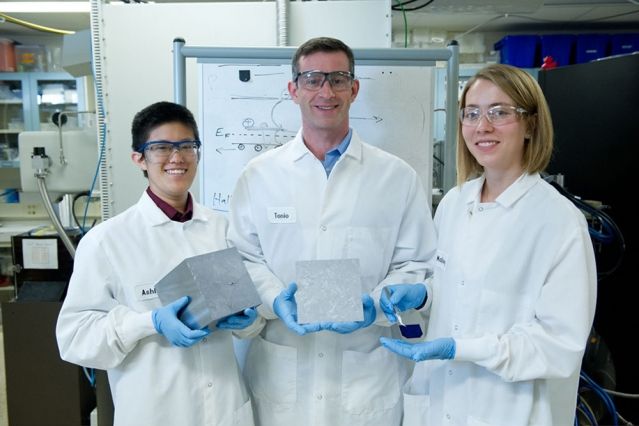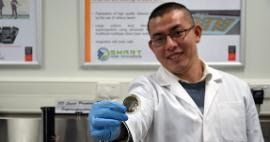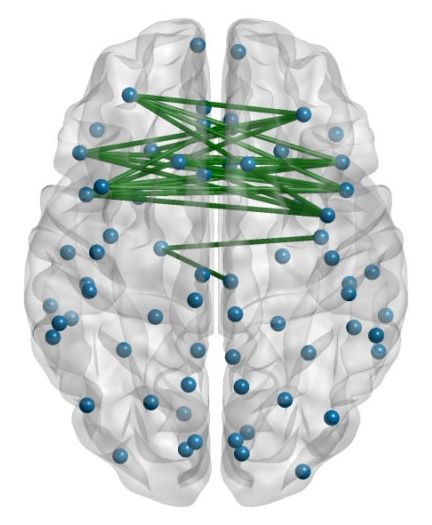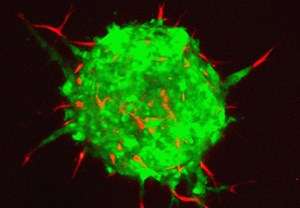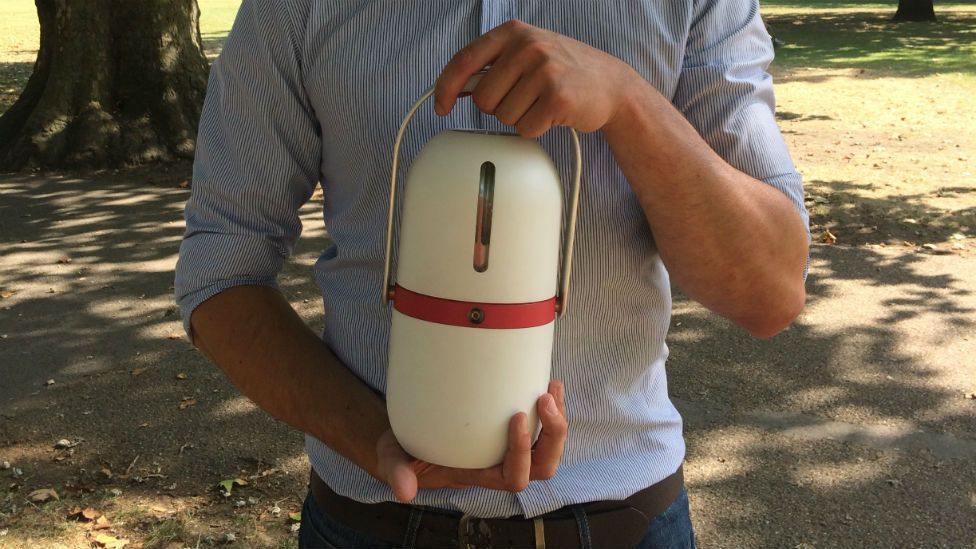Feb 25, 2017
Exponential Growth Will Transform Humanity in the Next 30 Years
Posted by Alexandros El in categories: futurism, neuroscience
Today’s extraordinary rate of exponential growth may do much more than just disrupt industries. It may actually give birth to a new species, reinventing humanity over the next 30 years.
I believe we’re rapidly heading towards a human-scale transformation, the next evolutionary step into what I call a “Meta-Intelligence,” a future in which we are all highly connected—brain to brain via the cloud—sharing thoughts, knowledge and actions. In this post, I’m investigating the driving forces behind such an evolutionary step, the historical pattern we are about to repeat, and the implications thereof. Again, I acknowledge that this topic seems far-out, but the forces at play are huge and the implications are vast. Let’s dive in…



